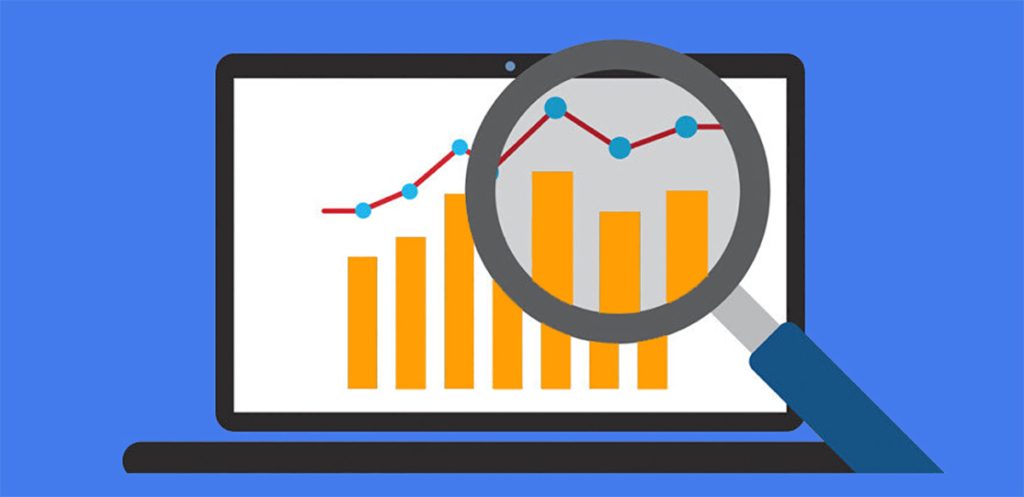Selling on Amazon is full of opportunities, but it’s also full of competition. With millions of active sellers and new products launching daily, making decisions based on guesswork is no longer enough. To succeed, sellers need reliable data that helps them understand performance, spot opportunities, and eliminate inefficiencies. That’s where Amazon Sales Analytics becomes essential.
By using analytics effectively, sellers can track performance, optimize listings, and make informed business decisions that directly impact profitability. In this article, we’ll explore what Amazon sales analytics is, why it matters, and how Canadian and global sellers can use it to scale.
👉 Learn more in detail here: Amazon Sales Analytics

What Is Amazon Sales Analytics?
Amazon Sales Analytics refers to the process of collecting, analyzing, and interpreting data from your Amazon account to better understand how your store is performing. This includes data on:
- Total sales and revenue trends
- Conversion rates
- Advertising performance (PPC campaigns)
- Inventory movement
- Customer behavior (reviews, returns, repeat purchases)
- Keyword rankings
Instead of guessing why sales rise or drop, analytics give sellers hard numbers to identify what’s working and what needs improvement.
Why Amazon Sales Analytics Matters
- Better Decision Making
Every pricing change, keyword adjustment, or ad campaign affects your bottom line. Analytics show you the real impact of those changes so you can make smarter decisions. - Sales Growth
Understanding what products are selling well—and why—allows you to double down on winning strategies and avoid wasting time and money on poor performers. - Ad Spend Optimization
Without analytics, ad campaigns often waste money. By tracking Advertising Cost of Sales (ACoS), Return on Ad Spend (ROAS), and keyword performance, you can run profitable ads. - Inventory Management
Running out of stock means lost sales and lower rankings, while overstocking ties up your cash. Analytics help forecast demand, so you always keep the right balance. - Competitive Advantage
Monitoring competitors’ pricing, keywords, and ad strategies through analytics tools allows you to stay one step ahead in crowded markets.
Key Metrics in Amazon Sales Analytics
To use analytics effectively, sellers should track the following metrics:
- Total Sales & Revenue – Understand your overall growth.
- Conversion Rate (CR) – How many shoppers turn into buyers.
- Sessions & Click-Through Rate (CTR) – Measures traffic and ad effectiveness.
- Average Order Value (AOV) – Helps in upselling and bundling strategies.
- Advertising Cost of Sales (ACoS) – Tracks ad profitability.
- Refund & Return Rate – Indicates product quality or customer dissatisfaction.
- Buy Box Percentage – Shows how often your product wins the Buy Box.
By monitoring these, you gain a clear picture of your store’s health and growth potential.
How Sellers Can Use Amazon Sales Analytics
✅ Optimize Listings
If your listing gets a lot of traffic but low conversions, analytics show you the problem. Improving titles, bullet points, and images based on these insights can increase sales.

✅ Improve PPC Campaigns
By tracking keyword performance, sellers can adjust bids, add negative keywords, and scale high-performing ads. Analytics turn PPC campaigns into revenue drivers instead of cost centers.
✅ Forecast Demand
Historical sales data helps predict when products will peak in demand, allowing sellers to plan inventory and avoid costly stockouts.
✅ Manage Pricing Strategy
Analytics help sellers test different price points and monitor how price changes affect sales and profitability.
✅ Understand Customer Behavior
Analyzing reviews and return data highlights product strengths and weaknesses. Sellers can then improve products and enhance customer satisfaction.
Tools for Amazon Sales Analytics
Amazon itself provides Seller Central Reports, but many sellers prefer advanced third-party tools for deeper insights. Some popular options include:
- Helium 10 – For keyword tracking and listing optimization.
- Jungle Scout – For sales tracking and product research.
- DataHawk – For financial and PPC analytics.
- Sellics – For all-in-one performance tracking.
Each tool brings unique features, but the goal remains the same: turning raw data into actionable strategies.
Benefits of Professional Amazon Sales Analytics Services
For many sellers, handling data analysis can be overwhelming. That’s why professional services exist—to make analytics simpler and more impactful. Here’s why outsourcing analytics makes sense:
- Expert Insights – Professionals understand Amazon algorithms and can translate numbers into strategies.
- Time Savings – Sellers can focus on product development and growth while experts analyze performance.
- Customized Reports – Instead of generic dashboards, services provide actionable recommendations tailored to your products.
- Growth Acceleration – With clear insights, sellers avoid mistakes and scale faster.
Conclusion
In today’s competitive marketplace, Amazon sales analytics isn’t optional—it’s the foundation of smart selling. By analyzing performance data, sellers can optimize listings, run more effective ads, manage inventory better, and outpace competitors.
If you want to turn your data into actionable growth strategies, check out this resource: Amazon Sales Analytics.
Whether you’re a new seller in Canada or an established brand expanding globally, investing in analytics is one of the smartest decisions you can make to build long-term success on Amazon. 🚀



